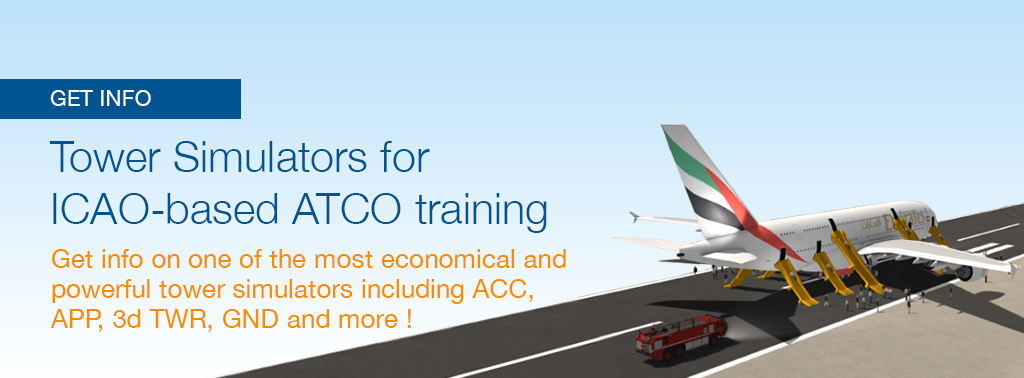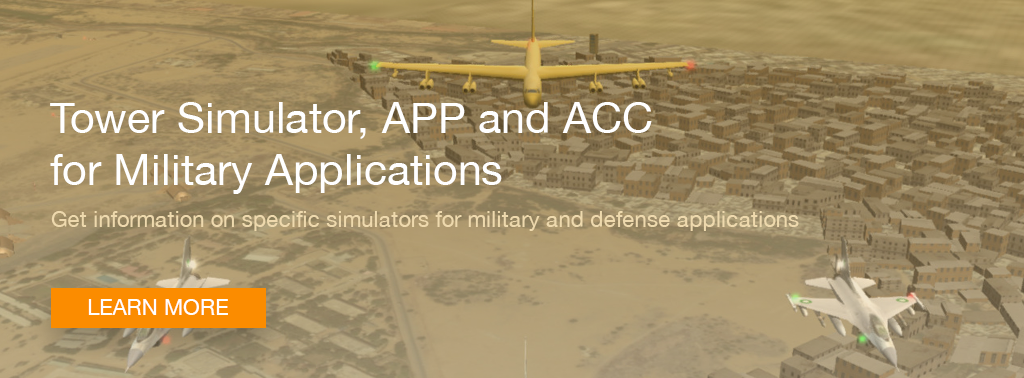In aviation when the safety of an aircraft or its occupants is supposed to be in danger it is called an emergency phase.
Whenever an aircraft is confronted with emergent conditions it is inflicted with a certain level of danger. ICAO Annex 12 has divided the emergency condition into three phases of an emergency.
- Uncertainty Phase (INCERFA)
- Alert Phase (ALERFA)
- Distress Phase (DETRESFA)
What is the Uncertainty Phase?
Consider an aircraft having call sign SIA207 established contact with an air traffic control unit before reporting over the transfer of control point. At the estimated time of arrival over the transfer of control point the aircraft does not come in contact with the accepting air traffic control unit. Moreover, a synthetic target appears and an actual target disappears from the radar scope. This is a situation where there exists uncertainty as to the safety of an aircraft and its occupants.
Role of Rescue Coordination Center in Uncertainty Phase
Upon receiving information regarding prevailing uncertainty, the rescue coordination center will develop a close liaison with a concerned air traffic control unit. The rescue coordination center will try all efforts to acquire updates to ascertain the developing situation. If the air traffic control unit informs that aircraft has been in contact. In such a scenario rescue coordination center will cancel the status of the emergency phase.
If the aircraft does not come in contact during the time at which it was eminent for aircraft to come in contact and 15 minutes are passed. Time, at which the first unsuccessful attempt was made, the aircraft still does not come in contact even after a delay of 15 minutes. The positive radar contact is also lost and no visual contact on the radar scope. The aircraft has not landed or come in contact at its estimated time of arrival. The delay exceeds by 30 minutes.
Under such scenarios, the Rescue coordination center may be called upon by air traffic control services. RCC will coordinate with concerned stakeholders in the area around the impact, or in case of availability of the Radar Monitoring team, they may look for emergency squawk codes or the appearance of a blip in case of secondary surveillance radar service. This blip appears due to the presence of backend primary radar. Such a blip can be interrogated as an expected aircraft. They may inquire by alerting posts to respond if get visual or even can contact nearby aircraft that appear close to the route to report if they see that aircraft. Similarly for visual guesswork, they can generate a synthetic target that will be based on tentative timing from the flight plan or last known position timings.
What is the Alert Phase?
Consider SIA207 after the onset of the uncertainty phase still does not get in contact. Several attempts are made by the air traffic control unit and nothing happens. Even the result of inquiries with others concerning search and rescue units or sources has failed to ripe any fruit of success. There has been no information regarding aircraft. No positive radar contact gets established. The synthetic track is the only element available on the radar scope. If an aircraft has been cleared by tower control to land but it does not come for landing as per its estimated off block time. And time exceeds by 5 minutes for estimated off block time and there has been no successful attempt for establishing two-way communication with aircraft. This is also a situation that depicts the alert phase. If news related to the operating efficiency of SIA 207 arrives and it informs that its efficiency has been deteriorated but not to a level that it will compel aircraft for a forced landing. The aircraft’s controls are working properly enough that forced landing isn’t the option yet for the pilot. This is the scenario of the alert phase. There is a clear apprehension prevailing around due to rigorous unsuccessful attempts but still leading to no success. Similarly, if SIA 207 shows the following signs but is not limited to
- Obstruction and complete loss of communication with the crew;
- Immediate climb and descends observed by air traffic control service or rescue coordination center radar monitoring team.
- Deviation from the path once or several times was observed by the air traffic control service or by the rescue coordination center radar monitoring team.
- Diversion to the airport not intended as per flight plan.
Such situations may be a sign of unlawful interference that declares a phase of emergency as alert as these scenarios create apprehension about the safety of SIA 207 and its passengers in it. This apprehension about aircraft and its occupants is termed an alert phase.
Role of Rescue Coordination Center in Alert Phase
In the case of the alert phase, the rescue coordination center will increase the horizon of its operation along with an increase in intensity. The rescue coordination center will take action on all standard operating procedures developed for the uncertainty phase. Rescue Coordination Center will promptly form appoint a Search and Rescue Mission Coordinator. RCC will determine the extent of the area in which the incident took place and its traceability will have more probability. For this aspect, RCC can take support from Area Control Center by providing radar surveillance services or through its radar monitoring team. In both cases area of extent can be monitored by observing visually the point of initiation of activity till towards its projected movement. In case of loss of original target synthetic track can be used as an alternate for re-evaluating estimation related to SIA207 position and increasing the probability to find aircraft for provision of search and rescue services. The synthetic target of SIA 207 is an outcome of estimates taken from the last known position or previously given information. In such scenario a good search and rescue services are the outcome of an on-time radar monitoring service. Later rescue coordination center will chowk out and alert all available search and rescue facilities in the identified area.
The rescue coordination center will extend its collaboration with available sources in this area to find out information related to SIA 207. And if RCC considers it appropriate based on the reports and situation it may initiate a search and rescue plan.
However, if at any stage it has been determined that SIA 207 is no more facing a distress situation or it is not in distress under such a scenario RCC will immediately cancel the search and rescue emergency phase and inform all concerned. RCC will inform utilizing a direct speech circuit or through any other available means
What is the Distress Phase?
The alert phase is in progress and extensive widespread effort in pursuit of SIA 207 results in no information. This is the point where the Rescue Coordination Center reviews the current scenario and upgrades the status of the emergency from the alert phase to the distress phase.
Now a question may prompt into your mind why?
While reviewing the current scenario Rescue Coordination Center realized that fuel in the aircraft based on the time of flight has been exhausted to a level that a forced landing is likely to occur. Or it is confirmed that the aircraft has been hijacked by someone. If during review it is made clear that aircraft operational efficiency has been impacted to a level that it won’t be able to fly longer and would require urgent landing, May Day call has been received from the aircraft under such scenarios it is eminent that safety of the aircraft and its occupants are threatened by grave and imminent danger which are signs of an alert phase. Whenever an aircraft is encountered with such a scenario RCC will change its phase of emergency from alert to distress.
Role of Rescue Coordination Center in Distress Phase
Once it has been confirmed that the aircraft is in distress phase RCC will complete all actions listed in SOPs for the Uncertainty and alert phase. RCC based on the currently available information will identify
- Most probable position of aircraft.
- The extent of the area to be searched based.
Activate all of the available sources and intimate search and rescue authorities in that area for the provision of search and rescue operations. During all this RCC will maintain a consistent listening watch on the emergency or any other appropriate frequency to assist the aircraft in distress if in contact.
References and Further Reading
- Search and Rescue Annex 12 (2004), ICAO
- Air Traffic Services Annex 11, (2001) ICAO





